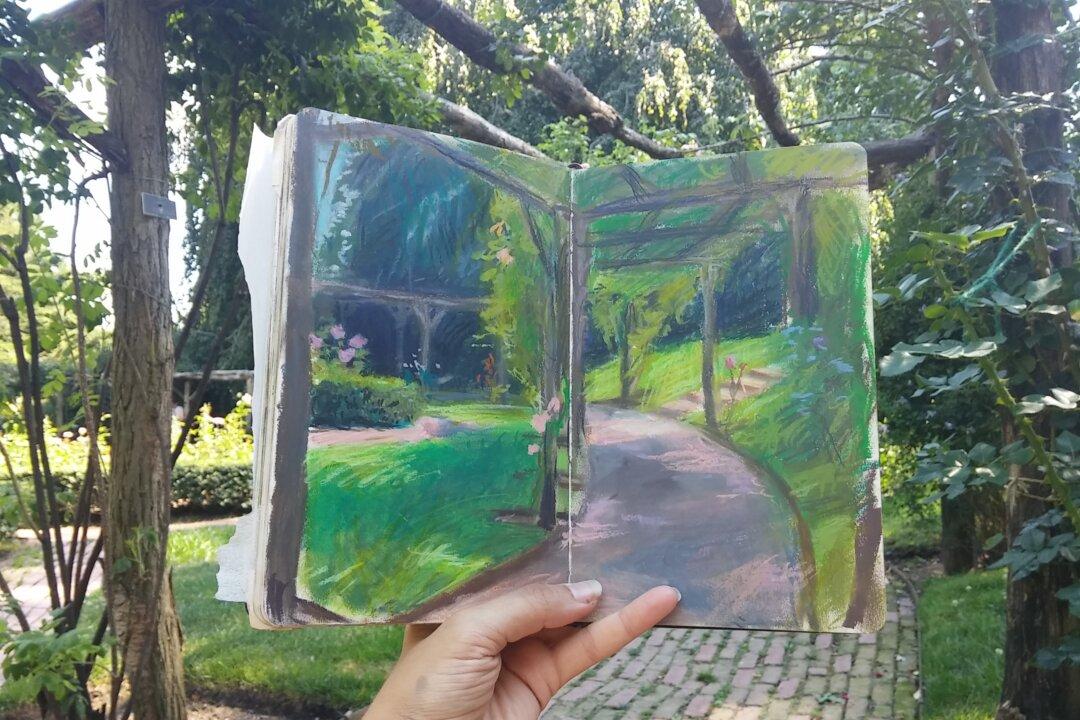WASHINGTON—The war that did not end all wars, World War I, marked a dramatic turning point in history. It changed everything, including art. Collective trauma gave way to irony, cynicism, sarcasm, a taste for the absurd, and nihilistic disillusionment. The moral fabric of society and how it translated into art started to deteriorate at an alarming pace, until it reached the extreme where anything goes, as seen in some contemporary art today.
Now, 100 years after World War I ended, we begin to see glimmers of art that is more considerate, ennobling, trustworthy, respectful, and with a rational sensibility that is uplifting, even depicting subject matter that delves into the tragic nature of humanity.
On June 19, the design concept for a new National World War I Memorial—embodying all of such positive qualities—was unanimously endorsed by the federal aesthetic guardians of Washington, D.C., the U.S. Commission of Fine Arts (CFA). The approval marked a breakthrough not only for the World War I monument to be realized but also for the public presence of figurative art on the world stage.






